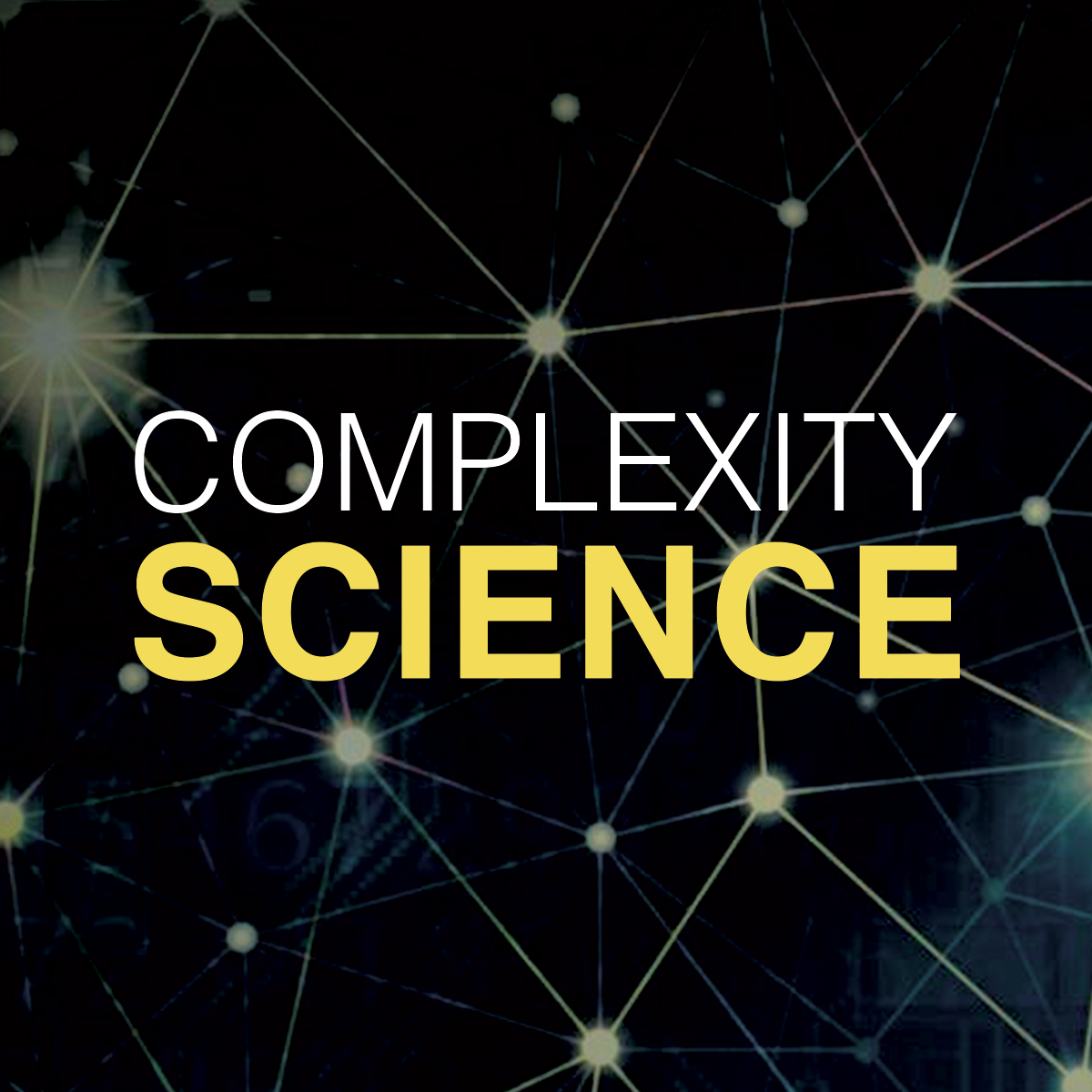Back to Courses









Social Sciences Courses - Page 25
Showing results 241-250 of 672

Measurement – Turning Concepts into Data
This course provides a framework for how analysts can create and evaluate quantitative measures. Consider the many tricky concepts that are often of interest to analysts, such as health, educational attainment and trust in government. This course will explore various approaches for quantifying these concepts. The course begins with an overview of the different levels of measurement and ways to transform variables. We’ll then discuss how to construct and build a measurement model. We’ll next examine surveys, as they are one of the most frequently used measurement tools. As part of this discussion, we’ll cover survey sampling, design and evaluation. Lastly, we’ll consider different ways to judge the quality of a measure, such as by its level of reliability or validity. By the end of this course, you should be able to develop and critically assess measures for concepts worth study. After all, a good analysis is built on good measures.

Ethnic Minorities and Race
Conditions and distribution of ethnic minorities and race; socio-psychological and cultural factors in the race and ethnic relations; the pattern of relations in the United States with emphasis on the Southwest and on social services.
Upon completion of this course, learners will be able to:
Identify sociological ideas, concepts, terms, and theories regarding ethnic minorities and race.
The learner taking this course would be interested in gaining the ability to have informed conversations about race and ethnicity in American society. Learning about the current empirical patterns and trends will equip learners to have informed conversations instead of conversations based on opinion alone.
To succeed in this course, you should have a background in studying society and an interest in improving race relations.

Cultural impact of housing displacement gentrification
This course provides an introduction to gentrification and to the cultural impacts of housing displacement for people in cities and neighbourhoods across the world. Gentrification is a term which has been used to describe the process by which wealthier people move into an area leading to the displacement of poorer groups who are priced out of the area by increases in rents and housing prices. It is usually associated with physical improvements to the housing stock and to changes in local shops and services. Sometimes it is closely associated with the displacement of black people by white people. Gentrification is never neutral in its effects. Places change. They look and feel different and different people live there.
There are winners and losers, incomers and those displaced, all of whom are caught up in a process by which the social status of an area can often change beyond recognition. Gentrification is both a social and a spatial process. It is not surprising therefore to find that most people who have written about gentrification are either sociologists or geographers.
In this course we will learn how the term gentrification originated and the way in which the term has developed since its first sighting in the 1960s. We will consider different theoretical explanations for processes of change and ask questions about who wins and loses. After acquiring theoretical and conceptual skills we will apply these to a series of international case studies to understand what gentrification might look like and feel like in different places. What changes? How do you measure change? What happens to the people displaced- where do they go to? Who are the newcomers? This course will give you insights which will help you better understand neighbourhood level changes; inspire you to learn more about the interaction of social and spatial changes and to think critically about the future of neighbourhoods with which you are familiar.

Framework for Data Collection and Analysis
This course will provide you with an overview over existing data products and a good understanding of the data collection landscape. With the help of various examples you will learn how to identify which data sources likely matches your research question, how to turn your research question into measurable pieces, and how to think about an analysis plan. Furthermore this course will provide you with a general framework that allows you to not only understand each step required for a successful data collection and analysis, but also help you to identify errors associated with different data sources. You will learn some metrics to quantify each potential error, and thus you will have tools at hand to describe the quality of a data source. Finally we will introduce different large scale data collection efforts done by private industry and government agencies, and review the learned concepts through these examples. This course is suitable for beginners as well as those that know about one particular data source, but not others, and are looking for a general framework to evaluate data products.

What are the Chances? Probability and Uncertainty in Statistics
This course focuses on how analysts can measure and describe the confidence they have in their findings. The course begins with an overview of the key probability rules and concepts that govern the calculation of uncertainty measures. We’ll then apply these ideas to variables (which are the building blocks of statistics) and their associated probability distributions. The second half of the course will delve into the computation and interpretation of uncertainty. We’ll discuss how to conduct a hypothesis test using both test statistics and confidence intervals. Finally, we’ll consider the role of hypothesis testing in a regression context, including what we can and cannot learn from the statistical significance of a coefficient. By the end of the course, you should be able to discuss statistical findings in probabilistic terms and interpret the uncertainty of a particular estimate.

Improving Classroom Management with Class Dojo
By the end of this project, you will have set up your own classroom and be fully confident in how to use Class Dojo. Teachers have a lot of demands on their time as they are pulled in many different directions. What if we had a tool that could help build a positive classroom community while also simplifying our records AND connecting with parents? Class Dojo is exactly that tool. During this project, you will use Class Dojo to connect with students and parents to create a positive classroom culture, give students a voice, and share meaningful moments with parents. Class Dojo allows teachers to provide students with feedback in real time, track attendance and student behavior, connect with parents, and much more.
*You will need a free Class Dojo account for this project.

Foundations of Teaching for Learning: Being a Professional
The Foundations of Teaching for Learning programme is for anyone who is teaching, or who would like to teach, in any subject and any context - be it at school, at home or in the workplace. With dynamic lessons taught by established and respected professionals from across the Commonwealth, this eight course programme will see you develop and strengthen your skills in teaching, professionalism, assessment, and more. As you carry on through the programme, you will find yourself strengthening not only your skills, but your connection with colleagues across the globe. A professional development opportunity not to be missed.
This course will emphasise what you can do to act professionally. This includes developing your own philosophy of teaching and making sure that you continue to improve your knowledge and skills. It also considers what it means to be part of a community of professionals, working with others to improve what happens in your school, community and profession.
Enhance your course by joining the Commonwealth teaching community on our website, Facebook and Twitter.

Introduction to Complexity Science
This course explores the features of complexity science. Our world is connected by an abundance of complex systems. Across all levels of organizations from physical, biological world to the social world, we may think of the connectivity between individual elements and how they interact and influence each other. For example, how humans transmit pandemics within a group, how cars interact in the traffic system and how networks connect in governmental organizations. Although these systems are diverse and different, they have surprisingly huge features in common.
In the past several decades, the study of complexity science has been increasing. It is widely acknowledged that an innovative, integrated and analytical way of thinking is essential for understanding the complex issues in the human societies. In this course, we will aim to give everyone a comprehensive introduction of the complex systems, to talk about the resilience, robustness and sustainability of the systems and to learn basic mathematical methods for complex system analysis, for example regime shifts and tipping points, the agent-based modelling, the dynamic and network theories. Most importantly, we will implement the theories into practical applications of cities and health to help students gain practice in complex systems way of thinking.

China’s Economic Transformation Part 1: Economic Reform and Growth in China
In 1978, after nearly 30 years of socialist planning under Mao Zedong, China was one of the world’s poorest countries, saddled with an inefficient, inward-looking economy. Today, China is an upper-middle income country and the world’s largest trading nation, contributing more to global economic growth than any other nation. How could such a remarkable transformation take place?
This course will examine in detail the reforms that have contributed to China’s economic development and the current challenges facing the Chinese economy. After completing this course, you will be able to:
- describe the origin and consequences of China’s key economic reforms since 1978;
- explain how features of China’s fiscal and financial systems have impacted development outcomes;
- assess the extent to which China has integrated itself into the global economy and the consequences of such integration for China and other countries;
- explain the importance of different sources of economic growth during different periods since 1978; and
- critically assess the economic and policy challenges facing China going forward.
This course does not offer certificate at the moment.
Course Overview video: https://youtu.be/YBkhpvWUoIw

Copyright for Educators & Librarians
Fear and uncertainty about copyright law often plagues educators and sometimes prevents creative teaching. This course is a professional development opportunity designed to provide a basic introduction to US copyright law and to empower teachers and librarians at all grade levels. Course participants will discover that the law is designed to help educators and librarians.
